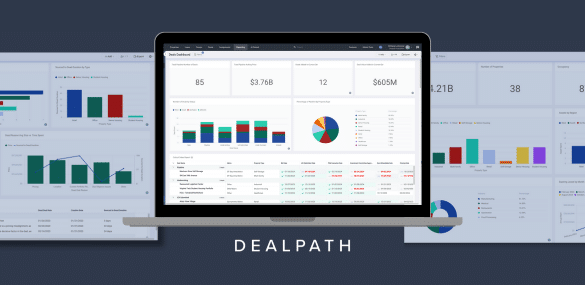Institutional investors follow varying strategies based on their goals, risk tolerance and market expertise, with the ultimate goal of driving the highest risk-adjusted returns. In recent years, qualified opportunity zones have emerged as a way for investors to grow their portfolios while aiding in the development of communities. In this article, we’ll explain what a qualified opportunity zone is, and the various tax advantages that come with these investments.
What Is an Opportunity Zone?
An opportunity zone is a geographic area in which investors can access a number of tax benefits by initiating real estate development. These economically distressed communities, typically occupied by low-income residents, may be in need of investment and revitalization.
The concept of opportunity zones was created as part of the Tax Cuts and Jobs Act of 2017. By directing investor funds to these traditionally underserved and undercapitalized communities, investors can spur economic growth and job creation.
To reap these benefits, investors are incentivized to make lasting community enhancements by either constructing or renovating properties. Investors can also invest in community businesses through equity ownership.
Where Are Opportunity Zones Located, and How Are They Created?
Opportunity zones are dispersed throughout the country and represent 11% of all U.S. census tracts. Spread throughout a mix of urban, industrial, suburban and rural areas, opportunities zones are home to over 30 million people. You can view an interactive map of qualifying opportunity zones on the U.S Department of Housing and Urban Development website.
Individual states, in collaboration with local governments, were able to nominate a specific geographic area for the Qualified Opportunity Zone program through March 21, 2018. These areas were required to meet certain low-income requirements, among other criteria. The actual certification as an opportunity zone comes from the IRS.
What Is a Qualified Opportunity Zone Fund?
In order for investors to reap the tax advantages associated with an opportunity zone, they must allocate capital through a qualified opportunity zone fund. A qualified opportunity zone fund is simply an investment vehicle designed to invest in assets within an opportunity zone.
Investors realizing capital gains can allocate these proceeds to a qualified opportunity zone fund, which will then purchase the real estate within the opportunity zone itself. As a rule, 90% of the assets these funds hold must be within the respective opportunity zone to qualify for tax advantages.
Starting a Qualified Opportunity Zone Fund
Investors can start a qualified opportunity zone fund by filing Form 8996 through the IRS. These qualified opportunity zone funds are structured as either a partnership or corporation and can be leveraged to invest in real estate, often multifamily buildings, or local businesses.
Qualified Opportunity Zone Tax Advantages & Benefits
Qualified opportunity zones offer a number of benefits for savvy investors, most notably through tax advantages, which can help offset operating costs and boost returns. One of the primary benefits of qualified opportunity funds is the ability to defer tax payments on previous capital gains.
Instead of realizing capital gains, investors can allocate the proceeds from another investment to an opportunity fund within 180 from the sales date in order to defer tax payments. Payments can be deferred until the opportunity fund is sold or by Dec. 31, 2026–whichever comes first.
Investors that hold onto the opportunity zone investment for an extended period of time are eligible for the highest tax benefits. This includes a 10% capital gains tax exclusion after 5 years, and as much as a 100% exclusion after 10 years. There are some restrictions, which means it’s important to consult with your tax advisor to thoroughly understand how the advantages can be applied to your situation.
Qualified opportunity zones can also offer considerable returns for real estate investors. Property prices tend to be lower, and growth rates can be on par with, or even exceed the national average in certain cases. Median home values within opportunity zones have an average value of $170,000, which is considerably less than the nationwide average of $218,000.
As with any real estate investment, qualified opportunity zones also come with their share of risks. Investing in distressed neighborhoods can entail grappling with inadequate infrastructure, long-neglected buildings, and present other challenges.
Scale Your Portfolio Growth
Investors are advised to conduct extensive research and analysis before investing in a qualified opportunity zone. To screen opportunities with ease, teams that review a high volume of deals will benefit from a deal management solution that centralizes this deal information and data in one command center. Beyond reviewing high-level metrics, thorough due diligence is critical to uncovering red flags and ensuring alignment with your goals.
Download our white paper to learn how you can scale portfolio growth with purpose-built deal management software, relying on one command center to systematize your process.





